Roy Lichtenstein

Roy Lichtenstein was an American Pop artist who was born on October 27, 1923 in New York City. He was born to Jewish-German immigrants and at a young age began to have an interest in art, music, and science. In 1936, he enrolled in the Franklin School for Boys, a school that had no art teaching provisions. A year later, he attended at the New York School of Applied and Fine Arts to do watercolour but in the summer of 1939, he joined the Art Students League in New York where he was taught by a painter named Reginald Marsh. In 1940, he went to Ohio State University to do art. In 1943, he was drafted to the military to fight in WW2. During his time in service, he visited the Louvre in Paris and was inspired by the works of Cezanne. After the War was over, he went back to Ohio State to complete his degree and began working as an instructor. He then began to teach in other universities like the New York State University and Douglass College. Many of his early works were inspired by Cubism but he later dabbled into Abstract Expressionism. In 1957, Lichtenstein began to draw cartoon characters like Mickey Mouse and Donald Duck and soon created his first pop art painting in 1961 called “Look Mickey”. Although he was uncomfortable with pop art at first, he would soon be satisfied with the results. This painting would be a turning point for Lichtenstein as he would start to use comic book style imagery in his paintings and would take an interest in comics, graphics, and advertisements. In 1961, he joined the Leo Castelli Gallery after meeting Castelli himself. Lichtenstein exhibited his works at the gallery and although it received mixed reception, it would create a surge of interest in artists like Jasper Johns and Andy Warhol. In the 1960s, he would hold exhibitions is New York, London, Amsterdam and others with great success. He would continue to do art, music, printing and sculpting until his death in 1997.
Analysis & Opinion
Although he was accused for copying, Lichtenstein would be known for his comic-book style of art and his usage of different cartoon characters. His influence from advertisements would make Lichtenstein to work on larger canvases and focus on themes such as war, romance, and science fiction. His other influences also include Picasso and Chinese art. His art is mostly about American pop culture and not about his inner feelings. He has an admiration for strong silhouettes, thick outlines, and flat images and is known for his use of dot pattern which he creates by using a perforated metal screen as a stencil. He would use dots for tones and shadows, something that was different from previous artists. His use of industrial techniques like lithography on traditional painting made Lichtenstein the idea that pop art and old art relied on codes as a form of communication. That each art has a meaning in some way. Lichtenstein utilized text as a way to describe scenes and to convey emotion with the help of speech bubbles. He also used text in jagged speech bubbles for sound effects which gives the paintings excitement and exaggeration. Originally, Lichtenstein only worked with a limited colour palette with the three primary colours and black, but he later started to develop a more sophisticated approach by using different hues and tints creating a subtle complex look. In terms of composition, he would focus on formal balance and design. This is because Lichtenstein had a way to adjust his canvas at any angle at any time in order to achieve a strong composition. His famous works include The Drowning Girl(1989), Composition I(1996), Water Lilies with Cloud(1992), and Reverie(1965). I really enjoy looking at Lichtenstein’s work. His comicbook style and minimalist design and colours really make his work stand out. His simplistic aesthetic with little shadows and lighting as well as his use of depth makes his paintings look very modern and not something that would exist in the 60s. His works still convey a lot of emotion and I can see why even graphic designers are inspired by him. His use of colours not only pop out but it also makes the paintings look mesmerizing which is impressive considering how limited the palette he uses.
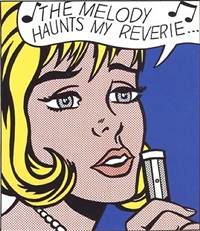
Reverie 1965
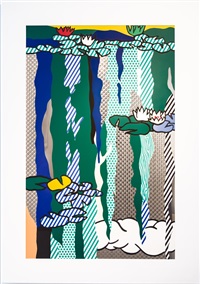

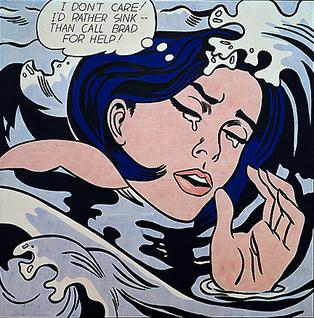
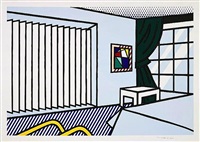
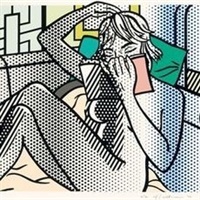
December 6, 2018 at 9:39 pm
Joseph,
Nice work on De Chirico and Lichtenstein! Well researched and sprinkled with your personal tastes and insights. Good job. Be careful with some of the grammatical issues in your writing though.
Looking forward to getting your last blog #10 this weekend.
Jeff